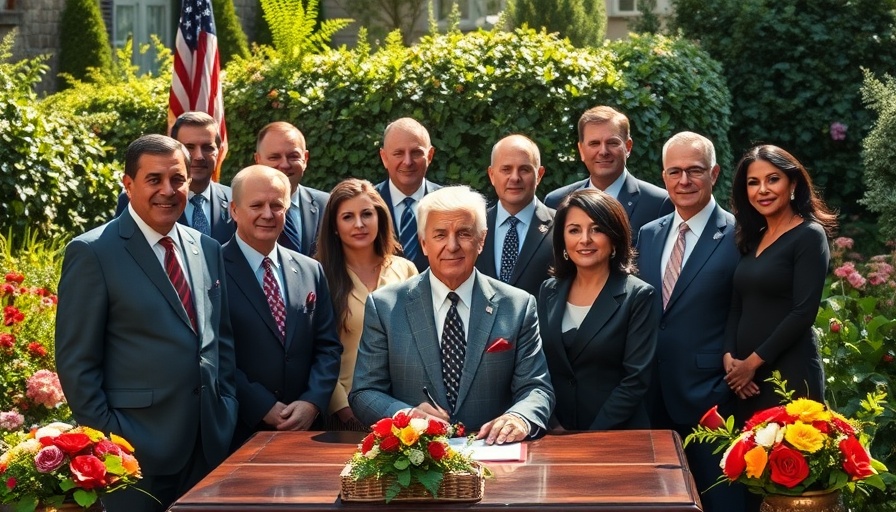
A New Era in Combatting Nonconsensual Imagery
The passing of the Take It Down Act marks a significant step toward protecting victims from nonconsensual intimate imagery (NCII), especially in an era where technology proliferates such content at alarming rates. This new law isn’t just about punishing wrongdoers; it seeks to empower victims with a rapid response mechanism when their privacy has been violated. The act compels online platforms to assess complaints and remove content within 48 hours or face legal consequences. While many view this as a victory for victims of revenge porn, legal and digital rights experts are sounding the alarm on potential pitfalls.
Concerns Over Vague Language and Rapid Compliance
The law has been criticized for its ambiguous language regarding the definition of NCII. Experts such as India McKinney of the Electronic Frontier Foundation emphasize that the lack of specificity could lead to broad interpretations that threaten legitimate forms of expression. For instance, the act demands that takedown requests include a signature but does not require further verification of identity, leading to valid concerns about misuse. As McKinney points out, there is a fear that this could disproportionately impact marginalized communities, where consensual images of queer and trans individuals could be misidentified and taken down without due process.
Implications for Platforms and Users
Major platforms like Snapchat and Meta have expressed support for the new law but are still vague on how they intend to implement the verification process for claims. With platforms facing potential liability for not acting swiftly enough, many might err on the side of caution and remove content without adequate investigation. This raises critical questions about free speech and the balance between safeguarding victims and protecting the rights of content creators.
Legislative Intent vs. Actual Impact
Senator Marsha Blackburn, a co-sponsor of the Take It Down Act, cites that keeping children safe from harmful content online is a top priority, especially regarding topics related to the LGBTQ community. This stance feeds into a broader narrative held by conservative think tanks like the Heritage Foundation, which argues that exposing children to such content should be restricted. However, the discrepancy between intended protections and actual policing of online content remains a substantial concern.
The Future of Content Moderation
The rapidly evolving landscape of online content regulation brings with it a host of challenges. As technology advances, the legal frameworks struggle to keep pace. The effectiveness of the Take It Down Act will depend heavily on how platforms respond and enforce these new policies. Balancing the fine line between protecting vulnerable individuals and ensuring the freedom of expression is a daunting task ahead.
What’s Next? The Need for Ongoing Dialogue
As this new law goes into effect, the conversation around online content moderation requires ongoing dialogue among stakeholders, including tech companies, lawmakers, civil rights advocates, and the public. Feedback from these communities will be crucial in refining the law's implementation to prevent potential overreach and misuse. The path forward must prioritize clarity and fairness.
The Take It Down Act is unfolding a new chapter in the fight against revenge porn, but it is essential that discussions continue to address not only the needs of victims but also protect the rights of all individuals navigating this digital landscape.
 Add Row
Add Row  Add
Add 



Write A Comment